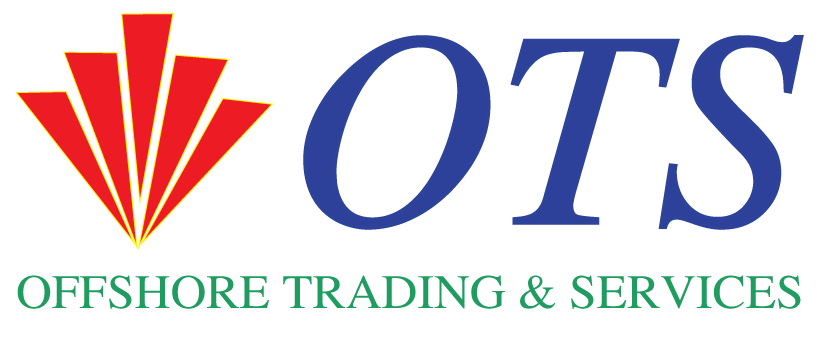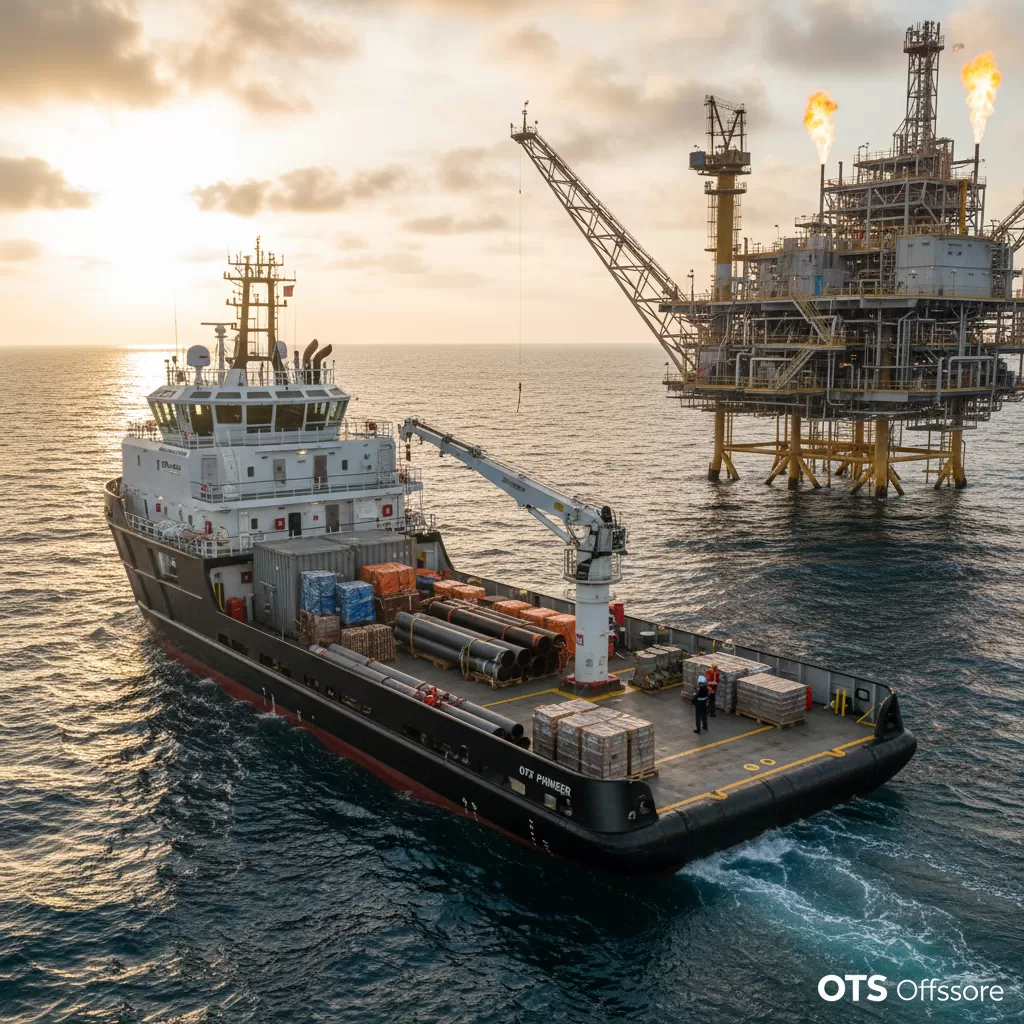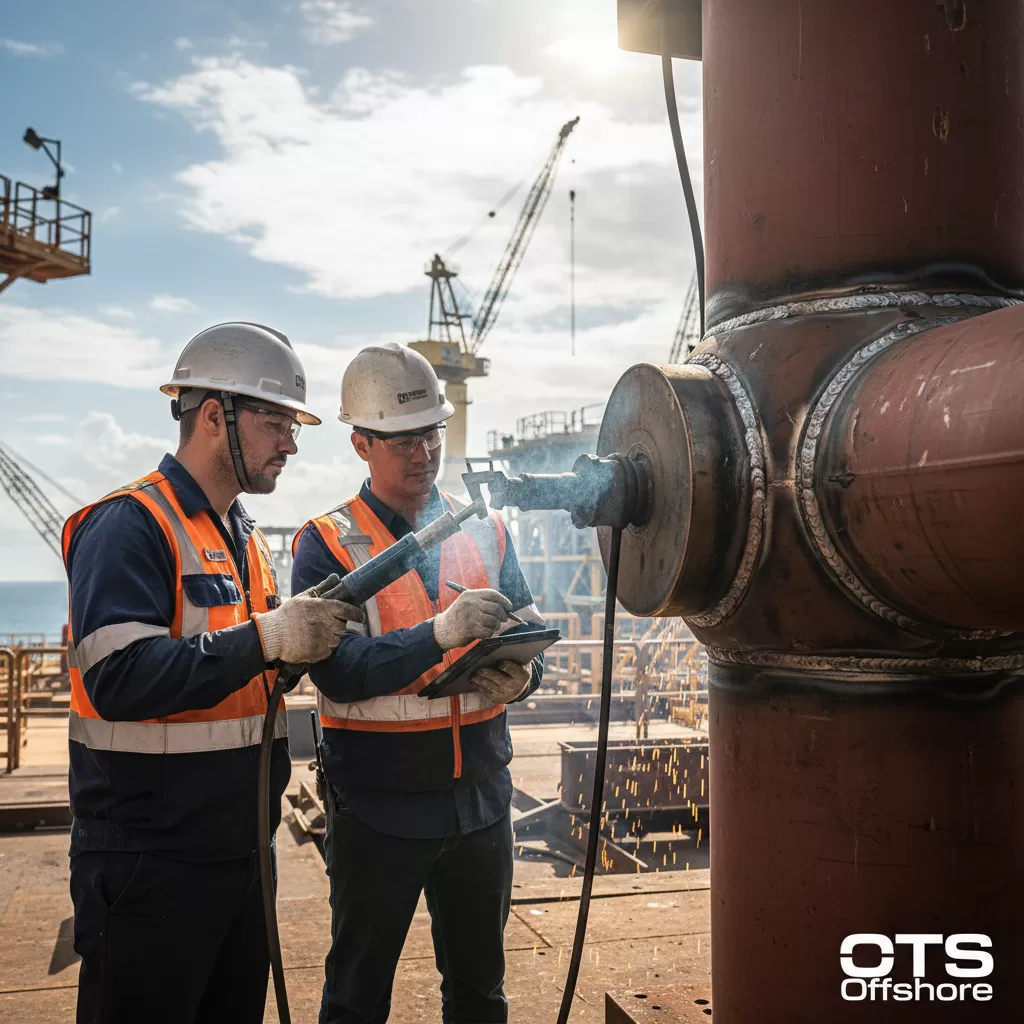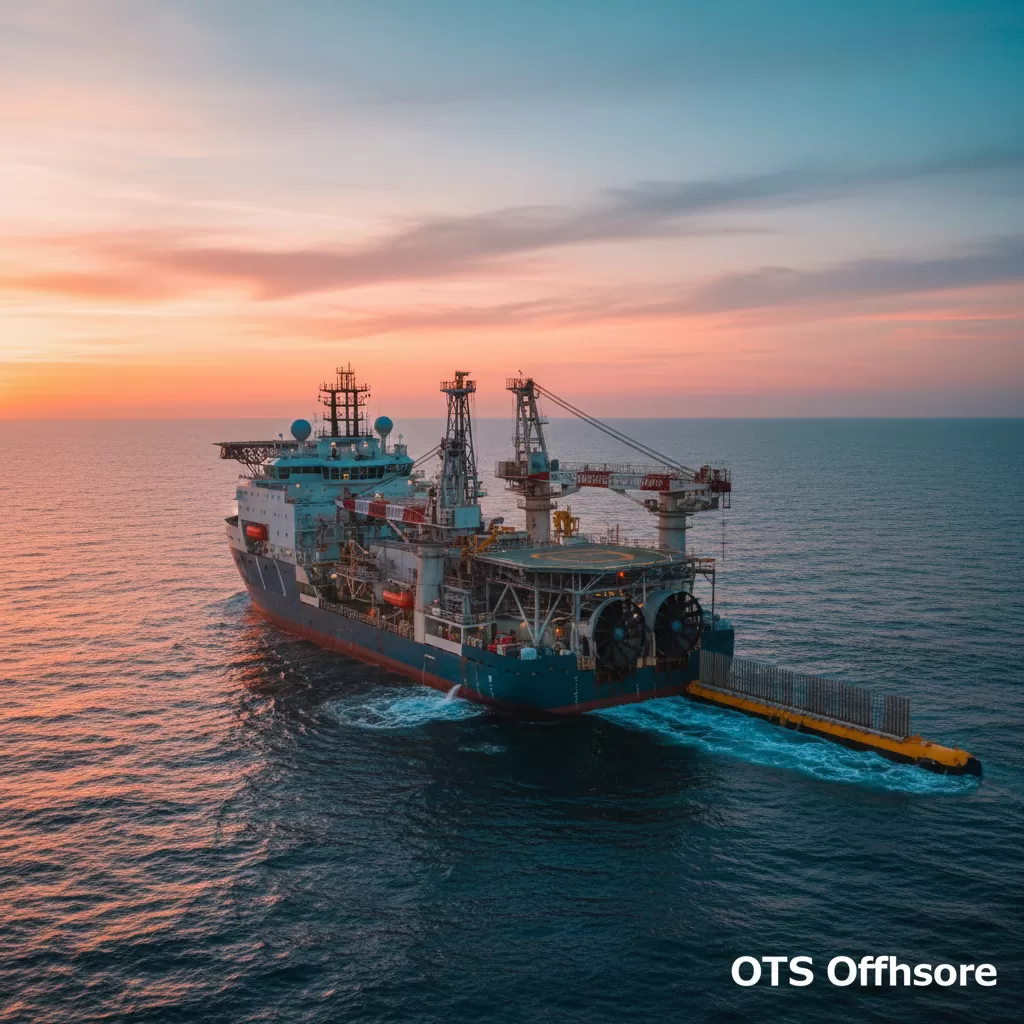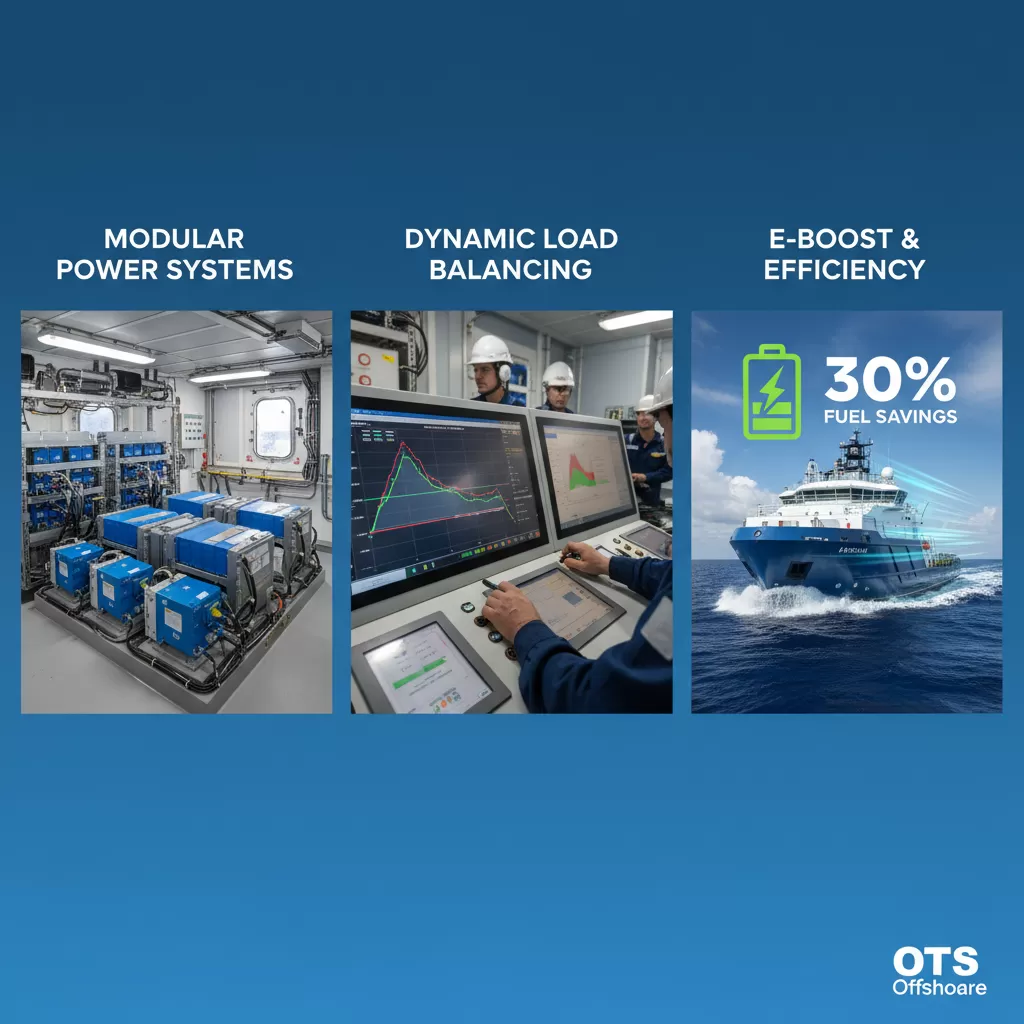**Enhancing Safety in Offshore Oil and Gas Operations: Trends, Technologies, and Best Practices**
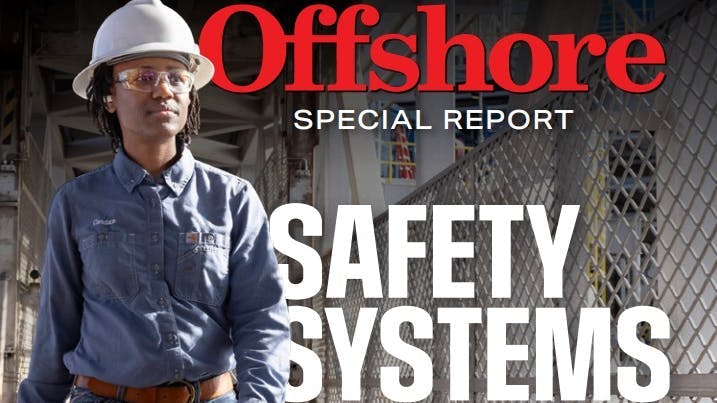
The offshore oil and gas industry is perennially under pressure to maintain a high level of safety. As the 2024 manufacturing environment continues to evolve rapidly, advancements in technology, workforce training, and Health, Safety, and Environment (HSE) practices have become increasingly crucial. In this special report, we delve into the latest safety trends and innovations that are transforming the sector.
### Advances in Technology
**Automated Systems**: One of the most significant technological advancements is the widespread adoption of automated systems. These systems, coupled with advanced sensors and AI algorithms, enhance real-time monitoring and predictive analytics. This capability allows operators to anticipate potential hazards more effectively, thereby reducing the risk of accidents. For instance, automated shut-off systems can swiftly respond to anomalies in drilling operations, preventing critical incidents.
**Digital Twin Technology**: Digital twins—a virtual replica of physical systems—offer an unparalleled level of simulation and modeling. By running multiple scenarios in a virtual environment, operators can simulate different operational conditions without compromising actual equipment. This tool is particularly useful for training purposes and in planning complex drilling operations.
### Workforce Training
**Tailored Training Programs**: The effectiveness of any safety system relies heavily on a well-trained workforce. Customized training programs designed specifically for the offshore environment are critical. These programs ensure that every worker is equipped with the knowledge and skills necessary to operate in high-risk conditions. Hands-on training simulations using virtual reality technology further enhance the learning experience.
**Continuous Learning**: The offshore environment is inherently unpredictable, necessitating continuous learning and updates. Regular workshops, online courses, and on-the-job training sessions help personnel stay abreast of evolving safety protocols and technological advancements.
### HSE Practices
**Standardization and Compliance**: Adhering to standardized safety protocols and regulatory compliance is non-negotiable in the offshore industry. Ensuring that all crew members are aware of and comply with local and international regulations such as those set by the International Labour Organization (ILO) and the International Organization for Standardization (ISO) is essential.
**Incident Reporting Systems**: Implementing robust incident reporting systems fosters a culture of transparency and accountability. These systems allow for immediate reporting of any incidents, facilitating swift action to mitigate risks and prevent future occurrences.
### Personal Protective Equipment (PPE)
**Enhanced PPE Designs**: Personal protective equipment has undergone significant upgrades to cater to the demanding offshore environment. Advanced materials and ergonomic
